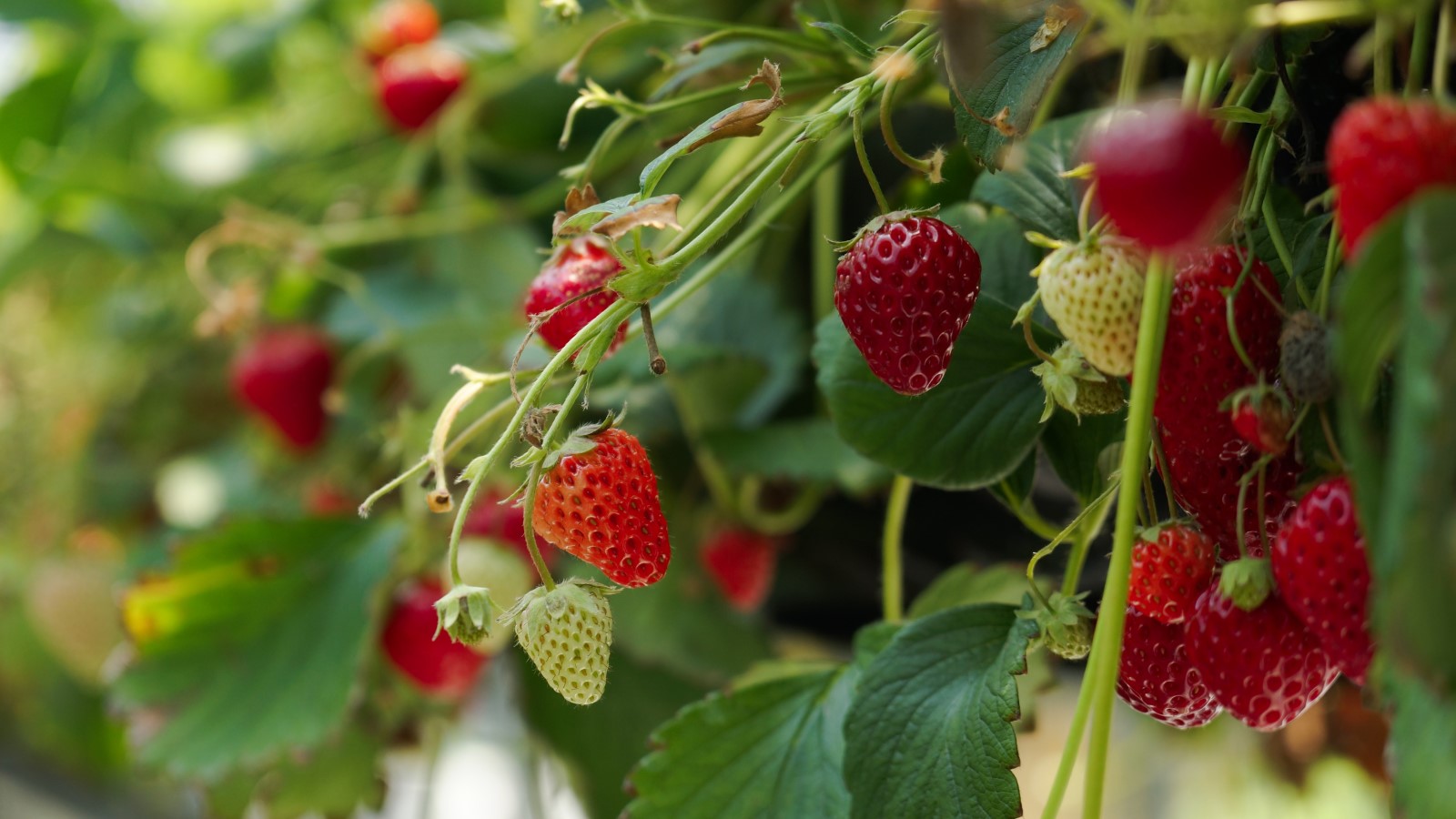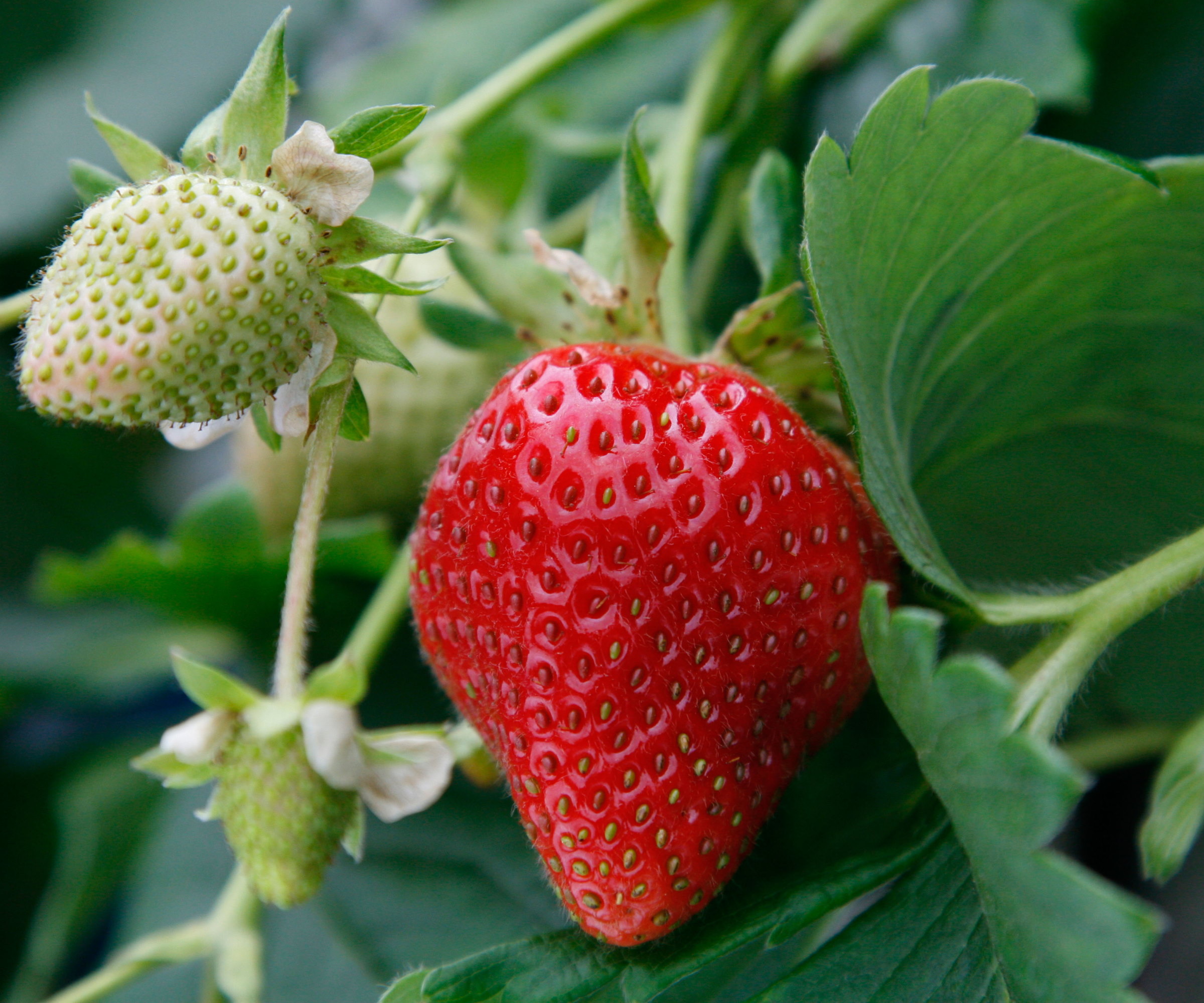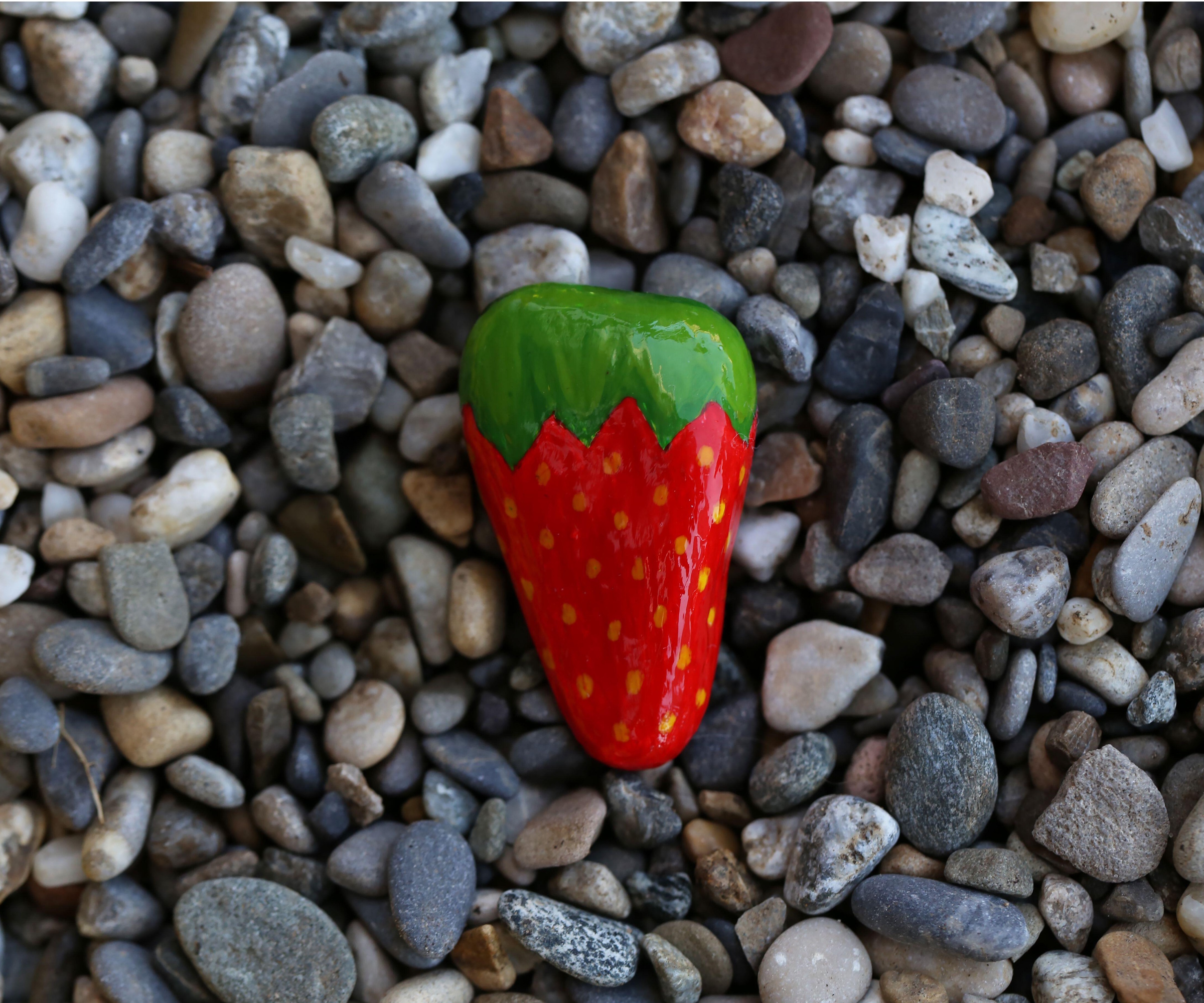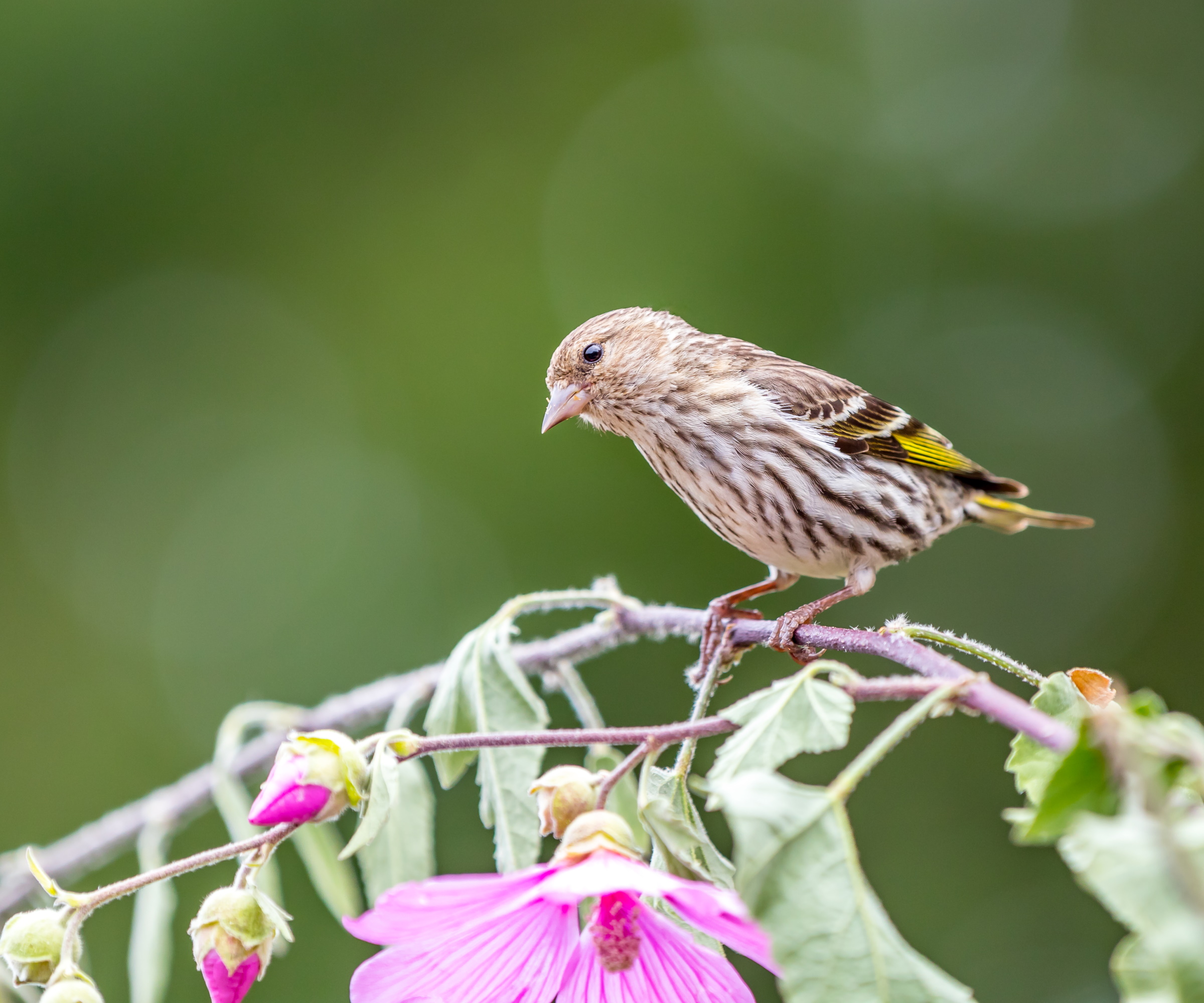
If you're a keen fruit and vegetable grower, there's no doubt you're constantly searching for ways to keep pests away. From insects that damage crops, to birds who think your strawberries look too tasty to miss out on. Well, have you ever considered creating a decoy for your strawberry plants?
We've stumbled across a strawberry plant hack that can help anyone growing strawberries in their yard. By placing red rocks in your fruit patch ahead of your strawberries ripening, you can trick strawberry pests to leave your crops alone. Instead of helping themselves to sweet fruit, they'll be met with something less than appetizing, encouraging them to stay away from your actual strawberries.
It sounds simple, but there are a few guidelines to get this hack right. Here, we take a closer look at this strawberry plant red rock hack.

What is the strawberry plant red rock hack?
Put quite simply, this hack consists of painting rocks red to resemble strawberries. Just like the real deal, the bright color of these rocks lures birds and pests in. They're then left disappointed to find the rocks are something they cannot consume.
'Birds cannot resist the red, succulent fruits and will either peck holes in them or eat them completely. They can be particularly problematic in urban gardens and easily decimate your potential harvest,' says Homes & Gardens' Gardens Content Editor Drew Swainston.
Over time, they'll be conditioned to realize the red objects in your yard are not for eating. As a result, you can pick strawberries that haven't been pecked at, giving you a larger harvest to enjoy.
How to do the red rock hack

You'll need a few things to carry out the strawberry plant red rock hack:
- Smooth, rounded stones – either from your yard, or these stones from Amazon.
- Outdoor, red acrylic paint (from Amazon).
- Waterproof sealant (from Walmart).
Start by painting your stones red. You might also choose to add detail for the seeds and foliage to make them look like more realistic strawberries. To ensure your stones don't lose their color from rain, apply a water-proof sealant.
You can then set your stones in your kitchen garden. It's best to do this early in the growing season, before your strawberries have turned red. This allows time for birds and other pests to learn the red objects in your yard are not for eating.
It can also be wise to place your red rocks elsewhere in your yard, away from where your actual strawberry plants are growing. This can keep pests away from your fruit and vegetable patch, keeping more than just your strawberry crops safe.
Other methods to deter birds from strawberry plants

Of course, the best way to keep pests that destroy plants away from your crops is by using multiple methods. This will increase the strength of your efforts.
'The most common way to protect strawberries from birds is by putting netting or cloth (from Amazon) over the plants,' says Drew. 'There are also visual deterrents that can scare away birds, such as shiny dangling objects (from Walmart), spinners, or objects that resemble humans or predators. Although these may only work temporarily until birds get used to them,' he adds.
Often, providing alternative food sources for birds (like this bird seed mix from Amazon) can also help. This attracts birds to your yard with a source of food you're happy to provide them, distracting them from your crops.
'Using a combination of these deterrents, and some red rocks to teach the birds that the strawberries may be inedible and unpleasant to peck, will hopefully keep your strawberry harvest safe,' Drew says.
FAQs
Do red painted rocks injure birds?
Painted red rocks are generally thought to be a harmless way to deter birds from strawberry plants. It's true that pecking at them will be unpleasant to birds, but they learn quite quickly that it isn't something they should attempt to eat and move on unharmed.
It isn't just strawberry plants that birds target, they also like to peck at seeds in your yard. Luckily, there are quite a few ways to stop birds eating grass seed. This includes installing sprinklers and covering the seeded area.







